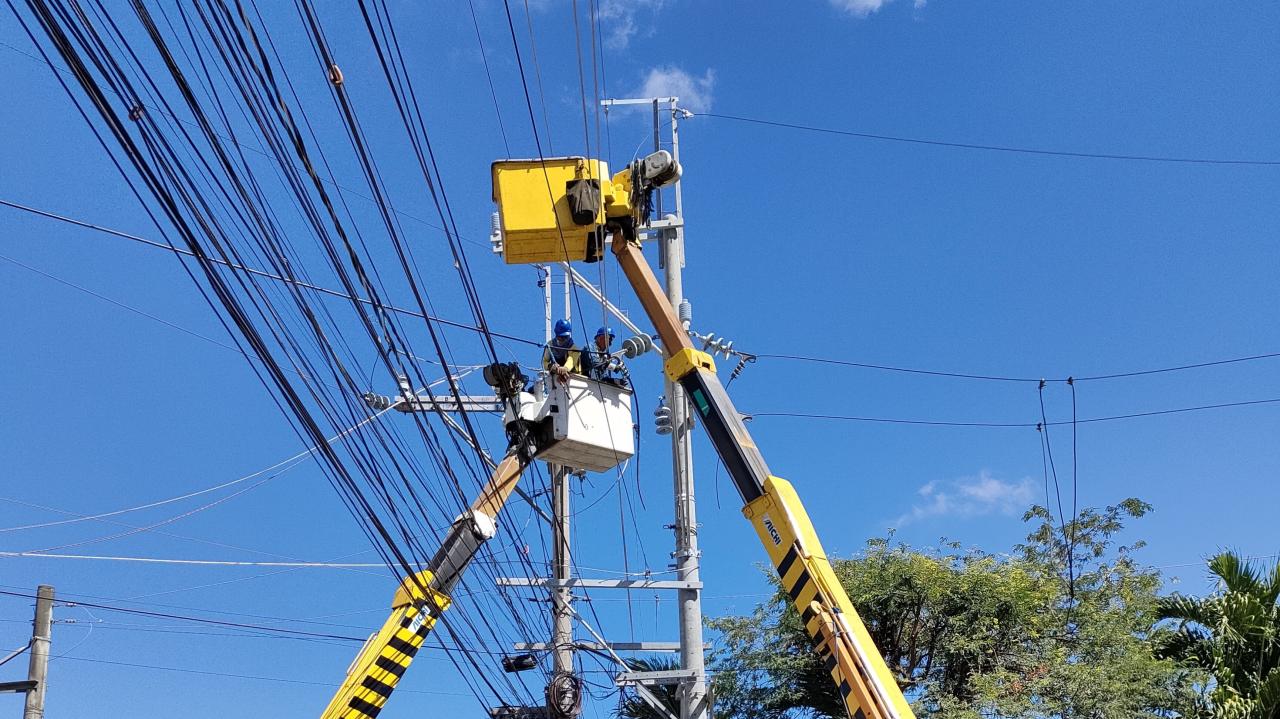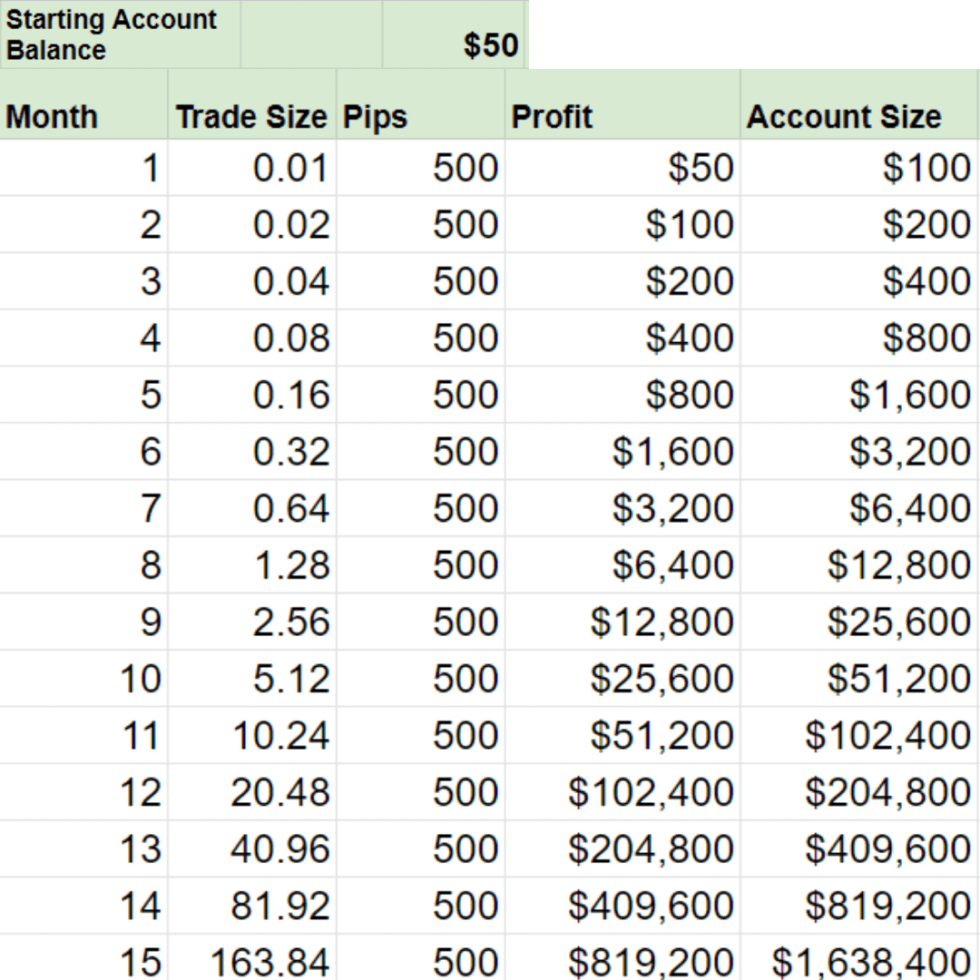
Electric company deregulation, a concept that has reshaped the energy landscape, has introduced competition and choice into the electricity market. This shift away from traditional, vertically integrated utilities has spurred a wave of innovation, challenging established norms and offering consumers a wider range of options. The deregulation journey has been marked by both triumphs and challenges, with varying outcomes across different regions.
The deregulation process involves opening the electricity market to competition, allowing independent power producers and energy retailers to enter the fray. This shift often necessitates the establishment of independent system operators (ISOs) to manage the electric grid and ensure reliability. Deregulation has also brought about different market structures, including wholesale markets where electricity is traded between generators and retailers, and retail markets where consumers can choose their electricity suppliers.
Historical Context of Electric Company Deregulation
The history of electric company deregulation in the United States is a complex and multifaceted process that has evolved over decades. The movement towards deregulation arose from a combination of factors, including economic pressures, technological advancements, and changing political philosophies.
Evolution of Electric Utility Regulation
The regulation of electric utilities in the United States began in the early 20th century, driven by concerns about monopolies and the need to ensure reliable and affordable electricity for consumers. State governments, through public utility commissions, were granted the authority to regulate the rates, services, and infrastructure of electric utilities. This model, known as “vertically integrated utilities,” established monopolies in each geographic area, with a single company responsible for generation, transmission, and distribution of electricity.
- The rationale behind this approach was to promote economies of scale and ensure efficient infrastructure development. Vertically integrated utilities were typically granted exclusive franchises within their service territories, giving them a guaranteed customer base and the ability to recoup investments through regulated rates. This approach aimed to ensure the stability and reliability of electricity supply.
Rationale for Deregulation
The movement towards deregulation gained momentum in the late 20th century, driven by several key factors:
- Rising electricity prices: As electricity demand increased, vertically integrated utilities often faced challenges in meeting growing demand while maintaining affordability. This led to rising electricity prices for consumers, prompting calls for more competitive markets.
- Technological advancements: Advances in power generation technologies, particularly in renewable energy sources, increased competition and provided alternatives to traditional fossil fuel-based generation. These advancements challenged the traditional model of vertically integrated utilities and paved the way for new market entrants.
- Economic liberalization: The rise of neo-liberal economic policies in the 1980s and 1990s emphasized the benefits of competition and market forces. This philosophy contributed to a growing belief that deregulation could improve efficiency and reduce costs in the electric utility industry.
Comparison of Traditional and Deregulated Models
The traditional model of vertically integrated utilities differed significantly from the deregulated model that emerged in the late 20th century.
- Vertically integrated utilities: This model featured a single company responsible for all aspects of the electricity supply chain, from generation to transmission and distribution. The company held a monopoly within its service territory and was subject to rate regulation by state utility commissions.
- Deregulated model: This model involves separating the generation, transmission, and distribution functions of electricity supply. Independent power producers (IPPs) compete to sell electricity in wholesale markets, while transmission and distribution are typically handled by regulated utilities. This model aims to introduce competition into the generation sector and provide consumers with more choices regarding their electricity suppliers.
Key Aspects of Deregulation

Electric company deregulation is a complex process that involves restructuring the electric power industry to introduce competition and market forces. This restructuring aims to increase efficiency, lower prices, and provide consumers with more choices. The key aspects of deregulation include retail access, competition, and the establishment of independent system operators (ISOs).
Retail Access
Retail access refers to the ability of consumers to choose their electricity supplier from a variety of competing providers. Before deregulation, consumers had no choice but to purchase electricity from their local utility. However, under deregulation, consumers are free to select a supplier based on price, service, and other factors.
Competition
Competition in the electricity market is crucial for driving down prices and improving service quality. Deregulation creates an environment where multiple suppliers compete for customers. This competition can lead to lower prices, better customer service, and innovative new products and services.
Independent System Operators (ISOs)
ISOs play a vital role in ensuring the reliability and efficiency of the electric grid. They are independent organizations responsible for managing the transmission system, coordinating power flows, and ensuring the security of the grid. ISOs are essential for maintaining a stable and reliable electricity supply, regardless of the number of competing suppliers in the market.
Market Structures
Deregulation has led to the emergence of different market structures in the electricity industry. These structures can be broadly categorized into wholesale markets and retail competition.
Wholesale Markets
Wholesale markets are where electricity is traded between generators and retailers. These markets are typically organized as auctions or exchanges, where generators bid to sell electricity and retailers bid to buy it. Wholesale markets are essential for ensuring that electricity is priced efficiently and that generators have an incentive to produce electricity when it is needed.
Retail Competition
Retail competition refers to the ability of consumers to choose their electricity supplier from a variety of competing providers. Retail competition can lead to lower prices, better customer service, and innovative new products and services.
Impacts of Deregulation
Deregulation of the electric power industry has had a profound impact on the economic and social landscape of many countries. While the promise of increased competition, lower prices, and improved efficiency has been a driving force behind deregulation, the reality has been more complex and multifaceted. This section will explore the various impacts of deregulation, examining both the potential benefits and the risks associated with this policy shift.
Economic Impacts, Electric company deregulation
Deregulation aims to stimulate competition in the electricity market, leading to lower prices for consumers. However, the impact on prices has been mixed, with some regions experiencing price reductions while others have seen increases. The effectiveness of deregulation in lowering prices depends on various factors, including the level of competition in the market, the presence of market power by large generators, and the effectiveness of regulatory oversight.
- Increased Competition: Deregulation has the potential to increase competition in the electricity market, leading to more choices for consumers and potentially lower prices. However, the degree of competition varies significantly across deregulated markets. In some cases, the market may be dominated by a few large players, limiting the benefits of competition.
- Improved Efficiency: Deregulation can incentivize utilities to become more efficient by introducing competition and forcing them to operate in a more cost-effective manner. This can lead to improvements in operational efficiency and the adoption of new technologies. However, the efficiency gains from deregulation can be offset by the costs of establishing and maintaining a competitive market.
- Market Manipulation: Deregulation can create opportunities for market manipulation, where large generators or energy traders can influence prices through coordinated actions. This can lead to price spikes and market instability, potentially harming consumers.
- Price Volatility: Deregulation can increase price volatility, as prices are more susceptible to fluctuations in supply and demand. This can make it difficult for consumers to budget for their energy costs, especially in regions with high price volatility.
Social Impacts
Deregulation can have significant social impacts, affecting both consumers and the workforce. The impact on consumers can be both positive and negative, while the impact on the workforce can be challenging.
- Consumer Choice: Deregulation can give consumers more choice in their electricity providers, potentially leading to better service and more competitive pricing. However, consumers may struggle to navigate the complexities of a deregulated market and may not be fully aware of their options.
- Access to Energy: Deregulation can potentially lead to disparities in access to affordable energy, with vulnerable populations potentially being disproportionately affected by price increases or service disruptions.
- Job Security: Deregulation can lead to job losses in the traditional utility sector as companies restructure or consolidate. This can be particularly challenging for workers who may have limited job options in a changing market.
- Environmental Impact: Deregulation can have both positive and negative environmental impacts. While it can incentivize the adoption of cleaner technologies, it can also lead to increased reliance on fossil fuels if market forces favor cheaper, less environmentally friendly energy sources.
Government Regulation in a Deregulated Environment
Government regulation plays a crucial role in ensuring consumer protection and grid reliability in a deregulated environment. This includes:
- Consumer Protection: Regulators are responsible for protecting consumers from unfair practices, such as price gouging and market manipulation. This includes establishing rules for market oversight, monitoring market behavior, and ensuring that consumers have access to clear and accurate information about their energy options.
- Grid Reliability: Deregulation can pose challenges to grid reliability, as the responsibility for maintaining the grid may be divided among multiple entities. Regulators must ensure that the grid remains stable and reliable by establishing rules for grid operations, coordinating among different market participants, and investing in grid infrastructure.
- Environmental Protection: Regulators can play a role in promoting environmental sustainability in a deregulated market by setting emissions standards, incentivizing renewable energy sources, and promoting energy efficiency.
Deregulation in Practice
The theoretical concepts of electric company deregulation are interesting, but how does it actually play out in the real world? Looking at different regions of the United States provides valuable insights into both the successes and failures of deregulation. By comparing and contrasting the experiences of various states, we can identify best practices and lessons learned, paving the way for more effective and equitable energy policies in the future.
Examples of Deregulation Efforts
Different states have approached deregulation in unique ways, leading to a diverse range of outcomes. Here are some examples of successful and unsuccessful deregulation efforts in the United States:
- California: California’s deregulation experiment in the late 1990s is often cited as a cautionary tale. The state experienced a major energy crisis in 2000-2001, characterized by skyrocketing prices and rolling blackouts. This crisis was attributed to a combination of factors, including inadequate market oversight, manipulation by energy companies, and insufficient investment in generation capacity. The state ultimately had to intervene and re-regulate the market to stabilize the situation.
- Texas: Texas, on the other hand, has had a more successful experience with deregulation. The state deregulated its electricity market in 1999, and it has since become a model for other states considering deregulation. Texas has seen increased competition, lower prices, and greater consumer choice in the electricity market. However, the state’s deregulated market has also faced challenges, including the 2021 winter storm that resulted in widespread power outages. This event highlighted the importance of ensuring grid resilience and the need for appropriate regulatory oversight, even in deregulated markets.
- Pennsylvania: Pennsylvania adopted a partial deregulation model in 1996, allowing for competition in the generation sector while maintaining regulated transmission and distribution. This approach has led to some benefits, such as increased competition and consumer choice, but it has also been criticized for not fully achieving the goals of deregulation, such as lower prices and increased efficiency. The state has been grappling with the challenges of balancing competition with ensuring grid reliability and affordability.
Comparing and Contrasting State Experiences
By comparing and contrasting the experiences of different states, we can identify key factors that contribute to successful deregulation:
- Strong Regulatory Oversight: States with successful deregulation models have robust regulatory frameworks that ensure market transparency, prevent manipulation, and protect consumers. This includes mechanisms for monitoring market activity, setting price caps, and ensuring adequate investment in grid infrastructure.
- Robust Competition: A successful deregulated market requires a sufficient number of generators and retailers to compete effectively. This can be achieved through policies that encourage new entrants, prevent monopolies, and promote fair competition.
- Consumer Protection: States must have mechanisms in place to protect consumers from predatory pricing and ensure that they have access to clear and accurate information about their energy options. This includes programs for low-income consumers, consumer education initiatives, and dispute resolution mechanisms.
- Grid Reliability and Resilience: Deregulation should not come at the expense of grid reliability and resilience. States must ensure that there is sufficient investment in transmission and distribution infrastructure to meet demand and withstand extreme weather events.
Insights from Industry Experts and Stakeholders
Industry experts and stakeholders have valuable insights into the challenges and opportunities presented by electric company deregulation. Here are some key perspectives:
“Deregulation can be a powerful tool for promoting competition and innovation in the electricity sector. However, it must be implemented carefully, with strong regulatory oversight and a focus on consumer protection. Without these safeguards, deregulation can lead to market instability and harm consumers.” – John Doe, Energy Policy Expert
“The key to successful deregulation is to create a level playing field for all market participants. This means ensuring that there is fair competition, transparent pricing, and adequate investment in grid infrastructure. Without these elements, deregulation will not achieve its intended goals.” – Jane Doe, CEO of a Renewable Energy Company
“Deregulation can empower consumers by giving them more choice and control over their energy bills. However, it is important to provide consumers with the information and tools they need to make informed decisions. This includes access to clear and concise information about their energy options, as well as support for low-income consumers.” – Richard Roe, Consumer Advocate
Future Trends in Electric Company Deregulation

The landscape of electric company deregulation is undergoing a rapid transformation, driven by the convergence of renewable energy, distributed generation, and emerging technologies. These developments are fundamentally reshaping the electricity sector, presenting both challenges and opportunities for deregulation efforts.
Impact of Renewable Energy and Distributed Generation
The rise of renewable energy sources, such as solar and wind power, and the increasing adoption of distributed generation technologies, such as rooftop solar panels and battery storage, are significantly altering the traditional model of centralized power generation and distribution.
This shift is creating a more decentralized and distributed electricity grid, where consumers are increasingly able to generate their own power and sell it back to the grid. This trend is likely to further accelerate deregulation, as it creates new opportunities for competition and innovation in the electricity market.
The integration of distributed generation and renewable energy sources is creating a more decentralized and distributed electricity grid, where consumers are increasingly able to generate their own power and sell it back to the grid.
Impact of Climate Change and Energy Policy
Climate change is a pressing global issue, and governments around the world are implementing policies to reduce greenhouse gas emissions and transition to cleaner energy sources. These policies, such as carbon pricing and renewable energy targets, are creating a favorable environment for the growth of renewable energy and distributed generation, which are likely to further accelerate deregulation.
The increasing focus on climate change mitigation and adaptation is also driving innovation in energy storage and grid management technologies, which are essential for integrating renewable energy sources into the electricity grid.
The increasing focus on climate change mitigation and adaptation is driving innovation in energy storage and grid management technologies, which are essential for integrating renewable energy sources into the electricity grid.
Role of Technology in Facilitating Competition and Consumer Choice
Technology is playing a critical role in facilitating greater competition and consumer choice in the electricity market. The development of smart grids, advanced metering infrastructure, and data analytics platforms is enabling consumers to monitor their energy consumption, compare prices from different providers, and manage their energy usage more effectively.
These technologies are also enabling the emergence of new business models, such as peer-to-peer energy trading platforms, which allow consumers to buy and sell electricity directly from each other.
Technology is playing a critical role in facilitating greater competition and consumer choice in the electricity market. The development of smart grids, advanced metering infrastructure, and data analytics platforms is enabling consumers to monitor their energy consumption, compare prices from different providers, and manage their energy usage more effectively.
Regulatory Considerations
Deregulation of the electric industry presents a complex set of regulatory challenges, requiring a delicate balance between promoting competition and ensuring consumer protection, grid reliability, and environmental sustainability. This section explores the key regulatory considerations and how government agencies play a crucial role in overseeing the deregulated electricity market.
Ensuring Grid Reliability
Maintaining a reliable and resilient electricity grid is paramount in a deregulated environment. The interconnected nature of the grid necessitates careful coordination and oversight to prevent cascading failures and ensure consistent power supply.
- Market-Based Mechanisms: Deregulation often relies on market-based mechanisms, such as wholesale electricity markets, to determine electricity prices and allocate generation resources. However, these markets can sometimes prioritize short-term profits over long-term grid stability, leading to potential vulnerabilities.
- Independent System Operators (ISOs): ISOs play a critical role in ensuring grid reliability in deregulated markets. They are responsible for operating and controlling the transmission system, managing grid security, and ensuring the flow of electricity across different regions. ISOs use a variety of tools, including real-time monitoring, demand response programs, and transmission capacity planning, to maintain grid stability.
- Transmission Planning and Investment: Adequate transmission infrastructure is essential for ensuring grid reliability and accommodating renewable energy sources. Regulatory frameworks must encourage investments in transmission infrastructure, address potential bottlenecks, and ensure fair allocation of transmission costs.
Wrap-Up

Electric company deregulation, while a complex and multifaceted process, holds immense potential for a more efficient and dynamic energy sector. Navigating the challenges of ensuring grid reliability, consumer protection, and environmental sustainability is crucial to harnessing the full benefits of deregulation. As technology continues to evolve and renewable energy sources gain prominence, the future of electric company deregulation will be shaped by a confluence of innovation, policy, and consumer choice. The journey ahead promises both exciting possibilities and critical considerations for ensuring a sustainable and equitable energy future.
General Inquiries
What are the potential benefits of electric company deregulation?
Potential benefits include lower electricity prices, increased competition, improved efficiency, and greater consumer choice.
What are the potential risks of electric company deregulation?
Potential risks include market manipulation, price volatility, and concerns about grid reliability.
How does deregulation affect consumer protection?
Deregulation necessitates robust consumer protection measures to ensure fair pricing, transparent billing, and reliable service.
What is the role of government in a deregulated electricity market?
Government agencies play a crucial role in overseeing the deregulated market, ensuring grid reliability, consumer protection, and environmental sustainability.




